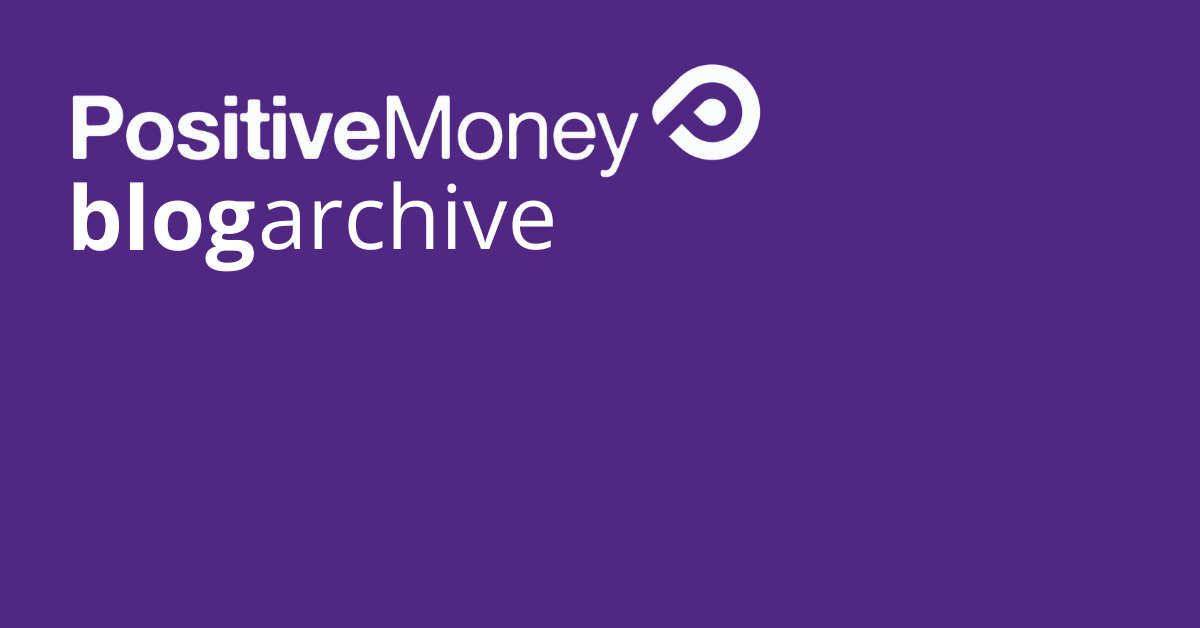The Grassroots Reinvention of Money Part 3

This is the 3rd part of the series The Grassroots Reinvention of Money. You can read the 1st part here and 2nd part here.
Profitable and Humane Investing
New forms of digital money enable people to build new economic systems with innovative financial instruments that are more humane, more fair, and don’t drive us into debt.
Interest in History
It is actually possible to completely eschew any type of financial instrument that charges interest. Charging interest always requires people to pay back loans with money that has not been created by the economic system. People trying to pay back interest on a loan do so by competing for an ever-shrinking supply of money that is circulating through the system.
Of course, modern banking is built almost entirely on interest-bearing financial instruments. They are so common that they seem natural to us. In fact, even most people in the financial industry would be hard pressed to figure out new types of financial instruments that do not depend on charging interest. But the reality is, it’s all been done before.
Prior to the 1600’s, most cultures equated charging interest with usury, which was strictly forbidden in the Bible, the Koran, and other ancient writings. During the 1500’s and 1600’s, people redefined usury to mean charging “excessive” interest. The laws of most Western nations were built on this idea.
So to build a better future, we can look to the distant past to see what kind of financial instruments were used during times that prohibited interest.
The Unmortgage
A good example of an innovative financial instrument that does not require the payment of interest is what some call the “unmortgage”. This financial instrument performs the same function as a mortgage but doesn’t involve interest. It’s called the unmortgage because there is no English word for it.
Suppose you want to buy a home. The first step in the unmortgage process is to go to find an investment group that handles unmortgages. They approve you just as if they were a bank.
In this example, we’ll say that the home costs £200,000 and you are required to put down 10% on the home.
So far, this sounds like a regular mortgage, doesn’t it? However, here’s where things start to differ.
The investment group buys the house with money that investors have deposited and with your £20,000. The investment group is 90% owner of the house and you own 10%. You have entered into a business partnership with the investment group.
You now rent the house from partnership and move in. The monthly rent is approximately the same as the payments you would pay with a mortgage. 90% of the rent goes to the investment group. The other 10% of the rent you pay is yours. However, you don’t put it back in your pocket. Instead, you pay your 10% to the investment group in exchange for a greater share of ownership in the house. So every time you make a rent payment, the investment group gets 100% of the rent. That is how it makes its money without charging interest. Each time you pay rent, your share of the ownership increases until you are the full owner of the house. At that point, the partnership terminates.
A 30-year unmortgage will make about the same amount of money for an investment group as a normal mortgage does for a bank. But this method does not require the payment of interest.
In addition, the unmortgage is more humane. Suppose something bad happens to you. You become unable to make your rent payments. The investment group must evict you for nonpayment. However, you do not lose your equity in the house as you would with a normal mortgage. The investment group does not repossess your house. Instead, they just rent it out to someone else who can pay the rent. The partnership continues.
Meanwhile, you do your best to recover from your financial setback. In the interim, the house is still being rented and the payments are still being made. You are still getting 10% of the rent and you are still able to apply that 10% toward ownership of the house.
This path to home ownership is much more humane than a mortgage. There is a distinct possibility that you will be able to get back on your feet and start making rent payments again. In that case, the investment group can let you move back in when the lease with the current tenant expires.
Even if you can’t move in for many years, you are still on a path to home ownership for as long as the investment group can keep the home rented. Again, this is a distinctly humane approach to home ownership by comparison to what we have now.
Generally, debt-free financial instruments are based around partnerships, equity sharing, joint ventures, and so forth. Their primary purpose is to change the creditor-debtor relationship, which is necessarily adversarial, to a partnership that can be mutually beneficial.
Conclusion
Through legislative efforts, technological innovation, and applying free market principles to money itself, we can create more stable economies, more viable forms of money, and more humane communities. And emerging technologies make this well within the reach of anyone.